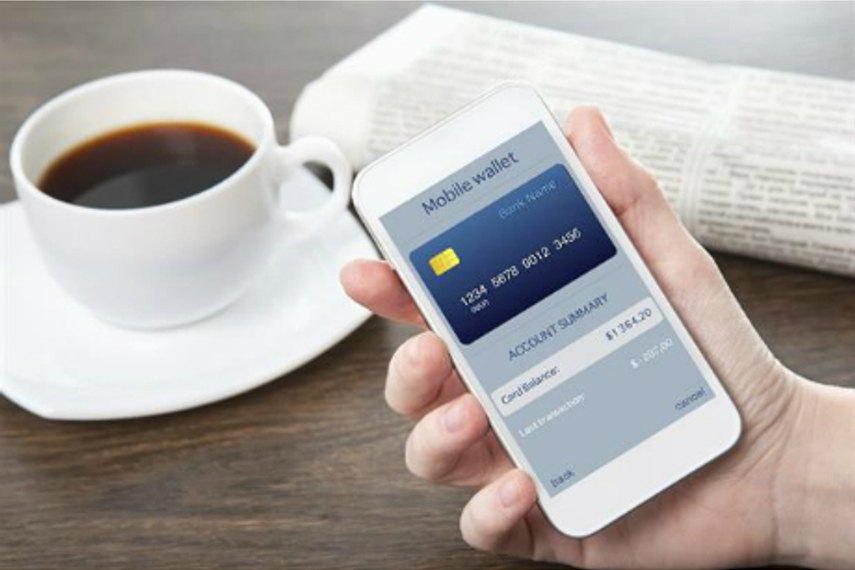Why now?

Late last week, Google held its annual developer conference, dubbed I/O 15, where the data-obsessed tech giant unveiled the much expected Android Pay. In short, Google has matched the offering of Apple Pay, allowing consumers to pay easily and securely both in store (using NFC) and in-app (using fingerprint authentication). Android Pay was first unveiled at Mobile World Congress in March following the acquisition of Softcard from a consortium of US TelCo operators.
While this was a launch that served primarily to highlight that the product isn’t actually ready, Android Pay brings the much hyped benefits of Apple Pay to the 80+% of global smartphone users who own an Android powered device. This is the primary importance of the announcement: now all smartphone users (or for now at least those with the right device and right operating system living in the right countries) can start leaving their wallets at home (or at least their payment cards). Available later this summer in the US and further afield some undefined time after, the technology is essentially a re-launch of Google Wallet, which supported many of Apple Pay’s capabilities well before cross-Valley rival Apple entered the space. Widely seen as a flop, Google Wallet failed to gain traction with both consumers and businesses and is now being turned into a peer-to-peer payment system.
How does it work?
In any two-sided market like payments, success requires the support of both consumers and businesses. The widespread adoption of Android as the operating system for most smartphones gives Google a leg up against Apple Pay on the consumer side. Further bolstered in the US by support by the TelCo operators (Verizon, T-Mobile, etc.), the company is well positioned to win consumers over, as long as they can activate the business or merchant side of the equation. This could prove to be an Achilles heel to Android Pay’s success.
Android Pay technology, like Apple Pay, is based on card tokenisation - the translation of sensitive card numbers into meaningless data strings - that helps increase payment security. However, it is unclear at this stage if Android Pay has the support of the full payments ecosystem to translate payment security into low payment costs. And if not, this will be a key barrier to adoption by brands.
Should my brand get on board?
One of the key advantages of Apple Pay is the (relatively) low transaction cost for businesses. Apple Pay transactions are considered ‘Secure’ - similar to Chip & PIN transactions in store or 3D Secure transactions online. Importantly, they also carry the benefit of shifting card fraud liability from the business to the card issuer (the bank that provides the consumer with a credit card). Together, this gives businesses great motivation to accept Apple Pay - customers want to use it and the total cost is equal to or lower than existing payment methods. However, judging by the conspicuous lack of issuing banks in the launch support, Android Pay may not have pulled off this trick just yet.
Android Pay will benefit greatly from the consumer awareness generated by Apple Pay and should help the service gain early traction when it is released this summer. However, the lacklustre product launch, unclear cost implications to businesses and relatively low spend profile of Android users compared to Apple users will likely render Android Pay the 2nd most important of the operating system driven payment technologies. Samsung Pay is likely to prove a wildly expensive flop for the device manufacturer and Microsoft is nowhere to be found in the payments race (or frankly for that matter in the device race, but that’s a separate story). But this race is just gearing up.
And finally....
Hidden in the background of the conference, Google announced a much more interesting product development dubbed Hands Free. Similar to coffee chain Harris + Hoole’s payment experience powered by judo (NB: I am CEO of judo and therefore biased), the technology allows a customer to pay without bringing their phone out of their pocket. Instead of closing the transaction loop with a tap onto antiquated card terminals, the payment is completed in the background digitally. Similar technology by PayPal (Beacons) and Square (Card Case) has struggled to gain adoption by merchants or consumers, but there is little doubt that this is where payments is heading: disappearing into the background.
For businesses everywhere, the key message that everyone should here is simple: Mobile is changing the way customers engage with commerce, including with your brand. Payments are rapidly disappearing into the background and Android Pay is merely the latest technology to help increase the speed of change.
The author is CEO at Judo Payments.
(This article first appeared on www.marketingmagazine.co.uk)

 Late last week, Google held its annual developer conference, dubbed I/O 15, where the data-obsessed tech giant unveiled the much expected Android Pay. In short, Google has matched the offering of Apple Pay, allowing consumers to pay easily and securely both in store (using NFC) and in-app (using fingerprint authentication). Android Pay was first unveiled at Mobile World Congress in March following the acquisition of Softcard from a consortium of US TelCo operators.
Late last week, Google held its annual developer conference, dubbed I/O 15, where the data-obsessed tech giant unveiled the much expected Android Pay. In short, Google has matched the offering of Apple Pay, allowing consumers to pay easily and securely both in store (using NFC) and in-app (using fingerprint authentication). Android Pay was first unveiled at Mobile World Congress in March following the acquisition of Softcard from a consortium of US TelCo operators.

.jpg&h=334&w=500&q=100&v=20250320&c=1)
.jpg&h=334&w=500&q=100&v=20250320&c=1)



.jpg&h=334&w=500&q=100&v=20250320&c=1)



.jpg&h=334&w=500&q=100&v=20250320&c=1)

.jpg&h=268&w=401&q=100&v=20250320&c=1)






